Today, in celebration of National Hispanic Heritage Month (September 15-October 15), we bring you a compilation of some of our favorite past posts from the Spanish-speaking world. Happy reading!
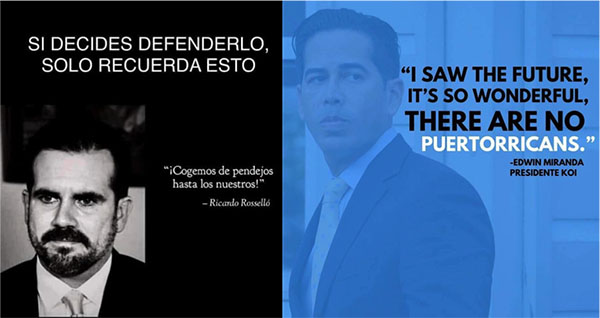
“Comments from the chat catalyzed the largest protest in modern Puerto Rican history. People on the island and in diaspora came together regardless of political, generational, and social divides to call for the governor’s resignation using the hashtag #RickyRenuncia.”
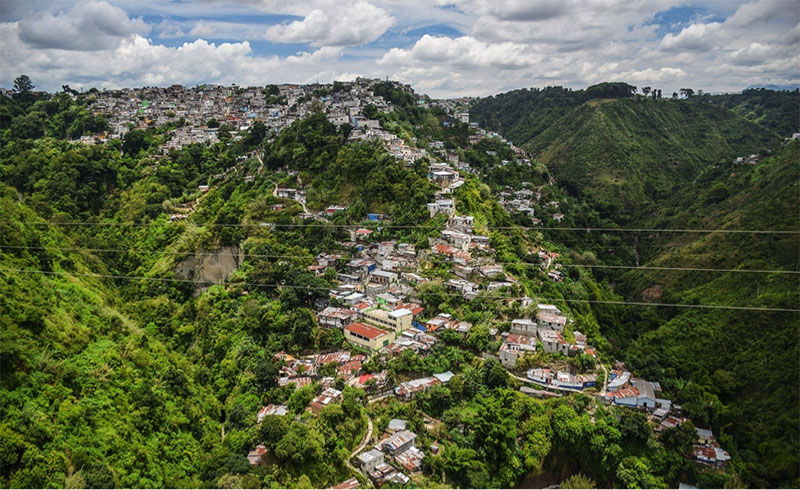
Voided Spaces: Architectural indices of ravines in Guatemala City (disponible en español)
“As Esteban, an architect of Barranco Invertido, argued: “what if the city was the opposite? Instead of invisible slums, they would become a part of the everyday landscape.”
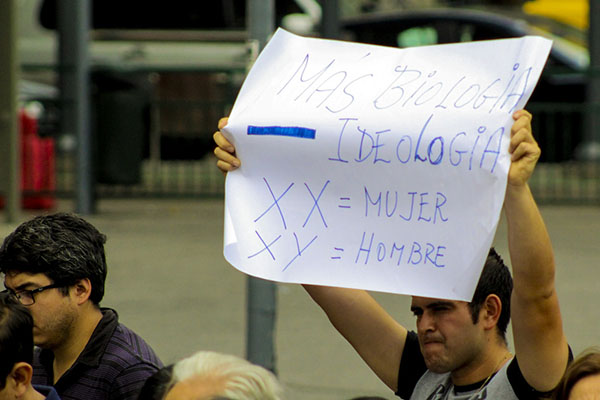
The Role of Scientific Discourse in Chile’s Trans Rights Movement (disponible en español)
“What is perhaps most surprising is that scientific arguments against including children and teenagers in the proposed legislation often come from Evangelical Christians, a group which, in both Chile and the US, has historically not relied on scientific evidence for advancing its agenda.”

Ethnographic Designs for Buen Vivir: Fieldnotes from Nicaragua
“Despite other factors that might be divisive, including a chronic municipal waste crisis, gang violence, and the uncertain legacy of Nicaragua’s 1979 popular revolution, people in Ciudad Sandino remain adamant that fostering collective political and ecological responsibility is key to building a livable urban future. They are concerned not just with surviving in the city but with living well, or Buen Vivir.”
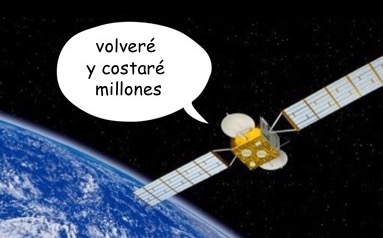
Indigenous Women’s Engagements with Technology: From Anomaly to Autonomy (disponible en español)
“From the North Atlantic, and within Latin America, Bolivia is understood to be synonymous with indigeneity (though not without remark from non-Indigenous Bolivians). There is often an “aura of unexpectedness” that accompanies discussions about Indigenous peoples’ engagement with modern technologies. They are framed as “anomalies.”

Lists, Indices and the Ownership of Biodiversity Conservation
“Taxonomy is laborious and difficult to translate across disciplinary divides. But it produces knowledge of the biotic environment’s composition in categories of self-reproducing genetic material. Taxonomy says something directly about biological diversity in a way that quantitative indices do not.”
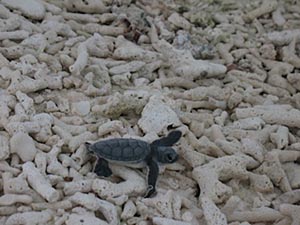
Making Island Laboratories: What Invasive Species in Mexico Tell Us about Island Ecosystems
“The Mexican federal strategy for island conservation highlights islands as isolated exemplars of ecosystems, noting that they should be conserved not only for the way the expand the territory of the nation and the potential resources they offer in terms of biodiversity, but also because they are “extraordinary labs for ecological research and the modeling of the sustainable use of natural resources.”
